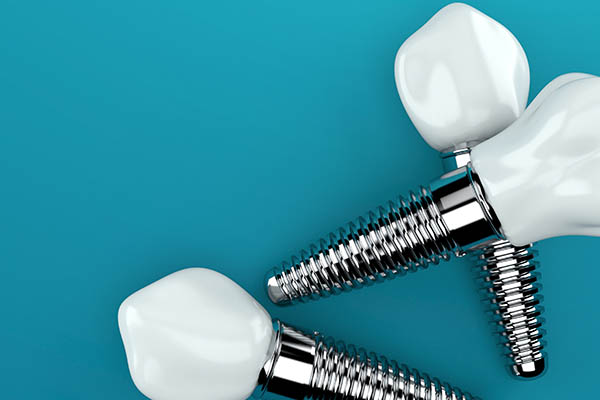 The tooth replacement process and timeline may vary for each patient based upon the specific steps that are needed to complete the restoration. The best way to determine the timeline for treatment is to visit an implant dentist. However, there is a tentative estimation for how long each step might take, which is discussed in this review.
The tooth replacement process and timeline may vary for each patient based upon the specific steps that are needed to complete the restoration. The best way to determine the timeline for treatment is to visit an implant dentist. However, there is a tentative estimation for how long each step might take, which is discussed in this review.
A step-by-step guide and timeline for implant dentistry
The implant dentistry process generally involves the placement of the implant, osseointegration and healing, and a second procedure to place the dental crown. The following review goes into greater detail about each step for tooth replacement from an implant dentist.
The bone graft timeline (if applicable)
A bone graft may be necessary before the placement of dental implants if the patient has experienced bone loss inside of the jaw due to bone atrophy or periodontal disease. While it is relatively common for this procedure to be required, not all patients require a bone graft for an implant-supported crown. If necessary, it can take up to three months to fully heal after the procedure.
The implant placement procedure
The dental implant placement procedure is a minor surgical procedure that involves placing the implant (or multiple implants) into the jaw above or below where the replacement teeth will be positioned. This is a safe procedure with minimal risks, and the patient should not experience any discomfort during the procedure. However, it can take up to two weeks after the procedure for discomfort and swelling to reside.
The osseointegration timeline
Osseointegration must also take place after the placement of the dental implants. Osseointegration refers to the jawbone and the titanium implants fusing together naturally. This can take some time. On average, it takes four to six months for osseointegration to take place after the dental implants are placed.
The second placement procedure
The second placement procedure is scheduled after osseointegration is complete. At this point, the implants are securely fixed into the jaw. The procedure involves attaching the abutments and the dental prosthesis. The abutments serve as connectors for the implants and replacement teeth. The prosthesis used is either a dental crown, bridge, or denture, depending on how many teeth are replaced and where they are located.
Caring for your new smile long-term
You can care for your new smile with dental implants by visiting the implant dentist every four to six months so that they can check on the health of the implants (as well as oral health in general) and perform routine dental cleaning. Between visits, patients are encouraged to brush regularly and floss and use mouthwash as recommended.
Learn more about the implant dentistry process during a visit
We encourage you to give our implant dentistry team a call or send us a message to start the treatment process to an improved smile and function with implant dentistry. We can help you better understand what the process and timeline may look like for you and address any questions you have during the first visit.
Request an appointment or call Sam Patel DDS, PA at 972-638-5848 for an appointment in our McKinney office.
Related Posts
There are several options available to patients after losing a tooth. One of the more popular options -- and perhaps the longest-lasting solution – is implant dentistry. This involves the placement of one or more dental implants, followed by the attachment of abutments and a crown, bridge, or denture.Depending on the number of teeth that…
Implant dentistry makes everyday activities easier. After tooth loss occurs, certain activities can become more of a challenge, and it can affect the person’s appearance and level of confidence. The good news is that many restore their confidence level and improve their ability to eat, speak, and care for their smile each day with implant…
If you have opted for implant dentistry to replace your missing teeth, you will need to decide on fixed or removable restorations. Read on to learn about implant dentistry and your options. Removable implant-supported restorations can be snapped on and off the abutments anytime there is a need to take off. In contrast, fixed restorations…
